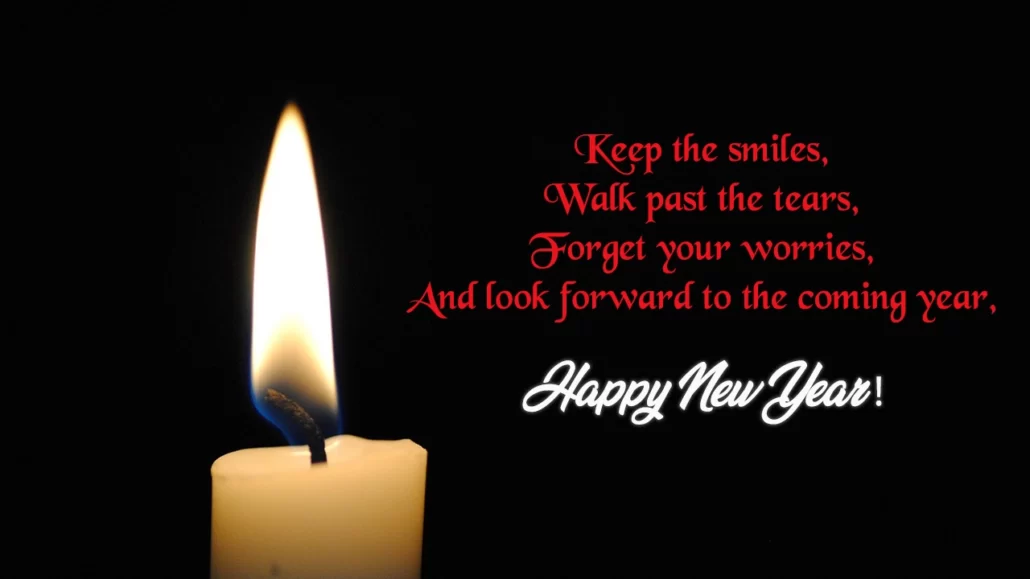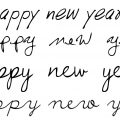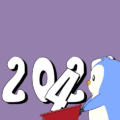Table of Contents Show
The turning of the calendar from one year to the next has always been a time of reflection and hope. We spend the days summing up past experiences, bidding farewell to those we have lost, renewing old friendships, making plans and resolutions, and expressing our hopes for the future. All of these are fit subjects for poems, like these classics on New Year’s themes.

Robert Burns, “Song—Auld Lang Syne” (1788)
It is a song that millions choose to sing every year as the clock strikes midnight and it is a timeless classic. Auld Lang Syne is both a song and a poem, after all, songs are poetry set to music, right?
And yet, the tune we know today isn’t quite the same thing that Robert Burns had in mind when he wrote it over two centuries ago. The melody has changed and a few of the words have been updated (and others have not) to meet modern tongues.
For instance, in the last verse, Burns wrote:
And there’s a hand, my trusty fere!
And gie’s a hand o’ thine!
And we’ll tak a right gude-willie waught,
The modern version prefers:
And ther’s a hand, my trusty friend,
And gie’s a hand o’ thine;
We’ll tak’ a cup o’ kindness yet,
It is the phrase “gude-willie waught” that catches most people by surprise and it’s easy to see why many people choose to repeat “cup o’ kindness yet.” They do mean the same thing though, as gude-willie is Scottish adjective meaning good-will and waught means hearty drink.
Tip: A common misconception is that “Sin'” is pronounced zine when really it is more like sign. It means since and auld lang syne refers to something like “old long since.”
Ella Wheeler Wilcox, “The Year” (1910)
If there is a New Year’s Eve poem worth putting to memory, it is Ella Wheeler Wilcox’s “The Year.” This short and rhythmical poem sums up everything we experience with the passing of each year and it rolls off the tongue when recited.
What can be said in New Year rhymes,
That’s not been said a thousand times?
The new years come, the old years go,
We know we dream, we dream we know.
We rise up laughing with the light,
We lie down weeping with the night.
We hug the world until it stings,
We curse it then and sigh for wings.
We live, we love, we woo, we wed,
We wreathe our brides, we sheet our dead.
We laugh, we weep, we hope, we fear,
And that’s the burden of the year.
If you get the opportunity, read Wilcox’s “New Year: A Dialogue.” Written in 1909, it is a fantastic dialogue between ‘Mortal’ and ‘The New Year’ in which the latter knocks on the door with offers of good cheer, hope, success, health, and love.
The reluctant and downcast mortal is finally lured in. It is a brilliant commentary on how the new year often revives us even though it is just another day on the calendar.
Helen Hunt Jackson, “New Year’s Morning” (1892)
Along those same lines, Hellen Hunt Jackson’s poem, “New Year’s Morning” discusses how it’s only one night and that each morning can be New Year’s.
This is a fantastic piece of inspirational prose that ends with:
Only a night from old to new;
Only a sleep from night to morn.
The new is but the old come true;
Each sunrise sees a new year born.
Alfred, Lord Tennyson, “The Death of the Old Year” (1842)
Poets often relate the old year with drudgery and sorrow and the new year with hope and lifted spirits. Alfred, Lord Tennyson did not shy away from these thoughts and the title of his poem, “The Death of the Old Year” captures the sentiment of the verses perfectly.
In this classic poem, Tennyson spends the first four verses lamenting the year’s passing as if it were an old and dear friend on his death bed. The first stanza ends with four poignant lines:
Old year you must not die;
You came to us so readily,
You lived with us so steadily,
Old year you shall not die.
As the verses move on, he counts down the hours: “’ Tis nearly twelve o’clock. Shake hands, before you die.” Eventually, a ‘new face’ is at his door and the narrator must “Step from the corpse, and let him in.”
Tennyson addresses the new year in “Ring Out, Wild Bells” (from “In Memoriam A.H.H.,” 1849) as well. In this poem, he pleads with the “wild bells” to “Ring out” the grief, dying, pride, spite, and many more distasteful traits. As he does this, he asks the bells to ring in the good, the peace, the noble, and “the true.”
More New Year’s Poetry
Death, life, sadness, and hope; poets in the 19th and 20th centuries took these New Year’s themes to great extremes as they wrote. Some took an optimistic view while, for others, it seems to have only led to despair.
As you explore this theme, be sure to read these classic poems and study some of the context of the poets’ lives as the influence is often very profound in understanding.
William Cullen Bryant, “A Song for New Year’s Eve” (1859) – Bryant reminds us that the old year is not yet gone and that we should enjoy it to the last second. Many people take this as a great reminder for life in general.
Emily Dickinson, “One Year ago — jots what?” (#296) – The new year makes many people look back and reflect. While not specifically about New Year’s Day, this brilliant poem is wildly introspective. The poet wrote it on the anniversary of her father’s death and her writing seems so jumbled, so distraught that it moves the reader. No matter your “anniversary” — death, loss… whatever — you have likely felt the same as Dickinson at one time.
Christina Rossetti, “Old and New Year Ditties” (1862) – The Victorian poet could be quite morbid and, surprisingly, this poem from the collection “Goblin Market and Other Poems” is one of her brighter works. It is very Biblical and offers hope and fulfillment.










